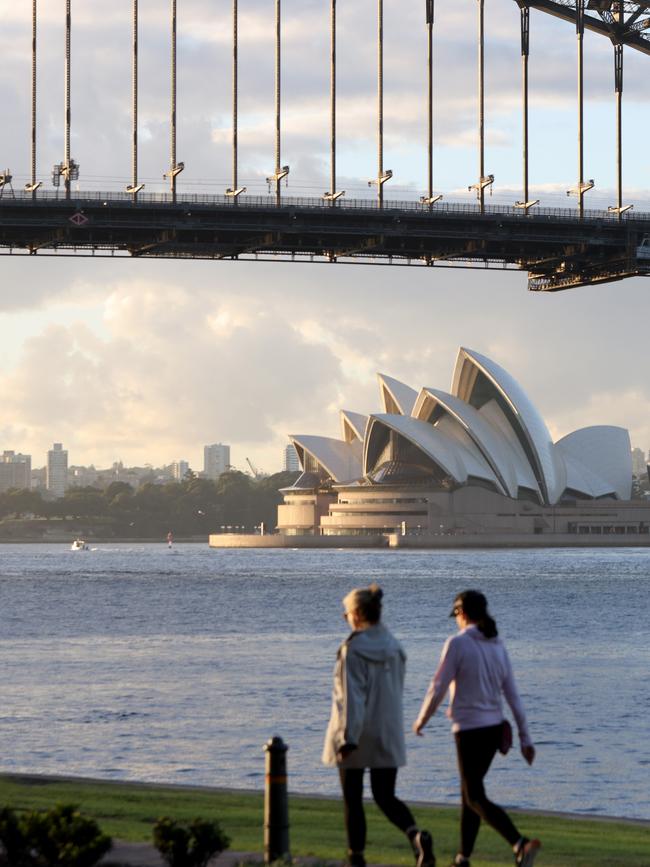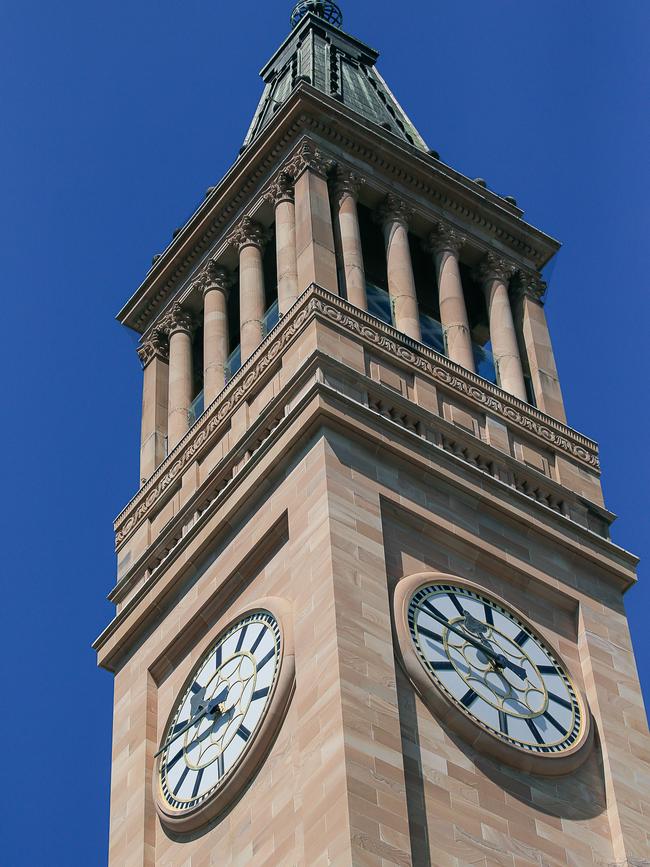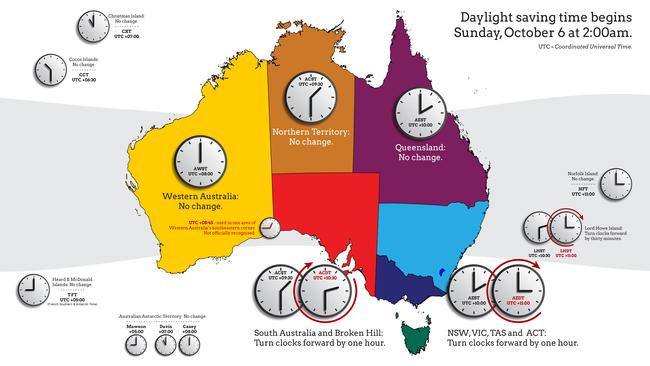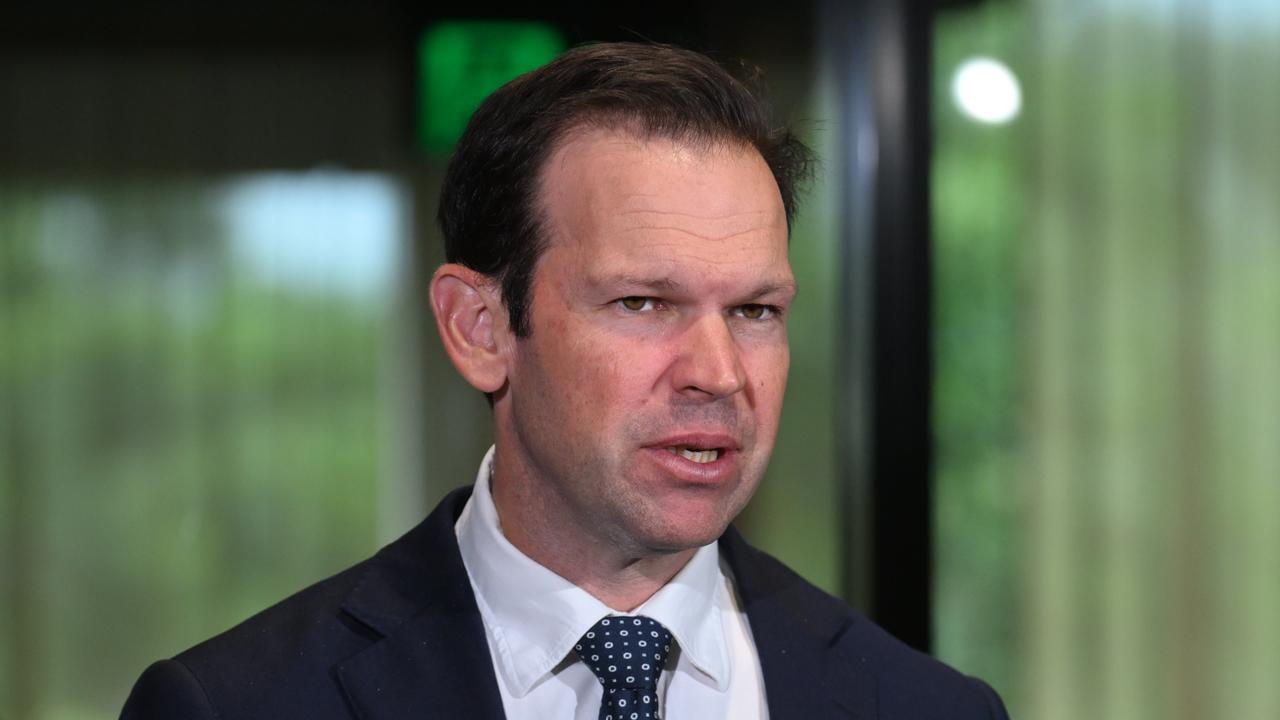Daylight saving starts this week: What you need to know
The first Sunday of October is almost upon us, which means Australia will soon switch from three time zones to five. Which way should you change your clocks?

National
Don't miss out on the headlines from National. Followed categories will be added to My News.
Thousands of Aussies will ask an important question this weekend: forward or back?
Love it or loathe it, the first Sunday in October is when daylight saving starts, with thousands of Aussies changing their clocks as the country goes from three time zones to five.
Here’s everything you need to know.
WHEN DOES DAYLIGHT SAVING START?
Daylight saving runs from the first Sunday in October until the first Sunday in April, which means it will start on 6 October 2024 and end on 6 April 2025.
DO MY CLOCKS GO FORWARD OR BACK?

The easiest way to figure out the direction is by saying, “spring forward, fall back”.
Since we’re in spring, that means the time zone will spring forward when daylight saving officially begins at 2am, skipping a whole hour forward to 3am.
That means you’ll lose an hour of sleep, because you’ll need to get up earlier than normal.
Clocks will fall back to normal time when daylight saving ends in April.
WHICH STATES HAVE DAYLIGHT SAVING?
Australians couldn’t reach a consensus on daylight saving, so while some states opt in, other states choose to leave their clocks alone.
New South Wales, Victoria, South Australia, Tasmania and the Australian Capital Territory have all chosen to observe daylight saving.
Meanwhile, Queensland, the Northern Territory and Western Australia do not, creating a curious hodgepodge of time zones across the country.
The community living along the New South Wales/Queensland border area, particularly around Tweed Heads and Coolangatta, are among those most affected as residents have to juggle different time zones every time they zip back and forth over the invisible line.
WHY WAS DAYLIGHT SAVING INTRODUCED?


The first recorded use of daylight saving in Australia was in 1916.
It was originally designed to save fuel during WWI, based on practices used in Germany and Australia, but it didn’t go well and was ditched in 1917.
Tasmania was the first state to introduce it permanently in 1967 as an alternative to power rationing during a drought, because it reduced electricity demand in the evenings.
Most other states adopted it in 1971, however, Queensland abandoned it by 1972.
This was attributed largely to the hot climate, as well as economic factors and public opinion.
When it was put to a referendum in 1992, a thin majority of Queenslanders voted no - 54.5 per cent opting out while 45.5 per cent opted in - meaning it remains controversial.
Western Australia, meanwhile, has never taken part due to geography.
Perth is on the western end of its time zone, meaning residents already enjoys lots of light in the afternoon and evening, which arguably is like permanent daylight savings.
WHAT ARE THE PROS AND CONS?
Daylight saving is designed to help us make better use of daylight during the summer months, meaning less light in the morning and more light in the evening.
The pros are that we get to enjoy much more light in the evenings, creating more time for activities, promoting a better work-life balance and reducing energy use.
The cons are getting up in the dark, trying to juggle time zones between states, and changing sleep patterns which scientists say can lead to adverse health effects.
These can worsen conditions such as depression and anxiety, increase risk of injuries and road accidents, and even lead to issues such as heart attack and stroke.
Some industries are affected more than others, for example, indoor workers have plenty of artificial light, but outdoor workers - particularly farmers - depend on natural light.
DO PEOPLE LIKE DAYLIGHT SAVING?
Daylight savings is typically most popular in places further from the equator, where residents experience large changes in the amount of daylight between summer and winter.
It historically hasn’t been as popular in areas with less seasonal variation.
WHY DOES AUSTRALIA HAVE FIVE TIME ZONES?

If you live on the east coast, you might be familiar with the letters “AEST”.
This means Australian Eastern Standard Time, but when daylight savings starts, everyone except Queensland will change to “AEDT”, meaning Australian Eastern Daylight Time.
It’s similar in Central Australia, because when South Australia kicks onto “ACDT”, or Australian Central Daylight Time, the Northern Territory stays on “ACST”, or Australian Central Standard Time), splitting the time zone into two halves.
Finally, Western Australia will stay on AWST, or Australian Western Standard Time.
DO I HAVE TO MANUALLY CHANGE MY PHONE?
No, devices such as smartphones, tablets and computer should update automatically.
However, you will need to change analog and digital clocks in your house and car.
Originally published as Daylight saving starts this week: What you need to know





